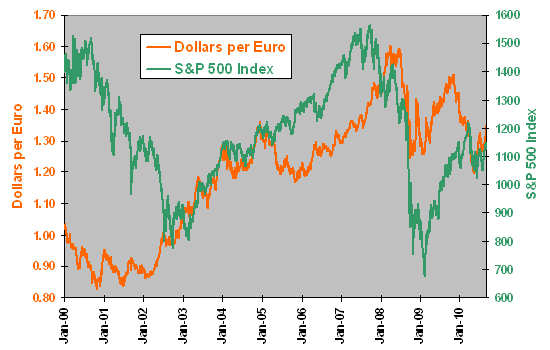The
Economist post immediately below combined with this one reminded me of something we put up back in 2007.
I'll re-post it after the headline story.
From Agrimoney:
Chinese demand for food commodities may be playing a bigger role than analysts believe in the rally in grain prices, and betrays a shortfall which may lead to "permanently higher prices", one of Europe's most respected economists has said.
While Russia's drought-hit harvest created a spark for the surge in grain markets, which has seen Chicago wheat prices stabilise 60% above late-June levels, China's dependence on agricultural imports may fuel long-term strength, Dylan Grice said.
Mr Grice, with Albert Edwards, forms one of the City's best-respected economic teams, at Societe Generale, the French bank which on Wednesday advised investors to sell down soft commodity positions, citing concerns over regulation.
However, Mr Grice's paper, which advised investors that shares in groups such as America's Archer Daniels Midland, Australia's Incitec Pivot, Europe's Syngenta and Singapore Golden Agri Resources "might be worth looking at", represents a longer-term view.
'Permanent structural shift'
He compared the rally in grain markets to the jump in oil prices in 1973 caused by an embargo by producers' cartel Opec, which worked so "spectacularly" because the US had by then run out of spare production capacity.
A similar embargo in 1967 had no impact, because the US at the time still had a surplus of its own supplies.
The" violence" of the 1970s' jump in oil prices, which have never recovered in real terms to levels before the embargo, and their "continued volatility was caused by a permanent structural shift", Mr Grice said....MORE
The Economist has been around for a while and sometimes that longevity can result in a story unto itself:
This story from The Economist got me thinking
(I know, alert the media).
Rising food prices are a threat to many;
they also present the world with an enormous opportunity
FOR as long as most people can remember, food has been getting cheaper and farming has been in decline. In 1974-2005 food prices on world markets fell by three-quarters in real terms. Food today is so cheap that the West is battling gluttony even as it scrapes piles of half-eaten leftovers into the bin.
That is why this year's price rise has been so extraordinary. Since the spring, wheat prices have doubled and almost every crop under the sun—maize, milk, oilseeds, you name it—is at or near a peak in nominal terms.
The Economist's food-price index is higher today than at any time since it was created in 1845 (see chart). Even in real terms, prices have jumped by 75% since 2005. No doubt farmers will meet higher prices with investment and more production, but dearer food is likely to persist for years (see
article). That is because “agflation” is underpinned by long-running changes in diet that accompany the growing wealth of emerging economies—the Chinese consumer who ate 20kg (44lb) of meat in 1985 will scoff over 50kg of the stuff this year. That in turn pushes up demand for grain: it takes 8kg of grain to produce one of beef....
And what was I thinking about?
Farm implements!
The Economist's food-price index was created in 1845.
In 1846 The British Parliament voted to repeal the Corn (grain) Laws, reducing the tariff on imported grain, effectively opening the British market to American wheat.
Our post "Global Warming, Politics, Laws and Opportunity" had this list of annual sales of Mr. McCormick's reaper:
1840------- 2
1841--------0
1842--------7
1843------ 29
1844------ 50
1845------ 58
1846------ 75
1847-----800
As can be seen, the politics had quite an effect on the McCormick family fortunes.
In Global Warming, Politics, Laws and Opportunity--Part II:
As reported by The Economist May 16, 1846, the British House of Commons had repealed the "Corn Laws", eliminating the tariff on imported wheat, the day before. Corn in this usage is not maize but rather is generic for grain. Prime Minister Peel won the battle but lost his premiership, the quote of the day was "Peel and repeal."
Click that Economist link. I'll wait.
May 16, 1846 "Corn Laws Repealed by the House of Commons"
The bill was ushered through the Lords by the Duke of Wellington, Peel lost his job and the era of cheap food began. It lasted 160 years.
The Economist reported both ends of the story.
Not many publications can say that.
Wikipedia has this last bit:
Trivia
The Economist was founded in September 1843 by James Wilson with help from the Anti-Corn Law League; his son-in-law Walter Bagehot later became the editor of this newspaper.
What was old is new again.
The Economist story is now behind the paywall but if you are interested it appears the Desertification blog copied the whole thing out, HERE









